
Oswaldo Payá’s most daring challenge to Castro was the Varela Project, a citizen petition printed on a single sheet of paper creased at the half fold. At the top were five demands for freedom and democracy. Those who signed their names also gave their addresses and identification numbers. They stood up to be counted. Oswaldo had no modern tools of communication to mobilize the Cuban people—he had no access to radio, television, or print, and the online world barely existed—yet he was joined by tens of thousands of people demanding the right to choose their own destiny.
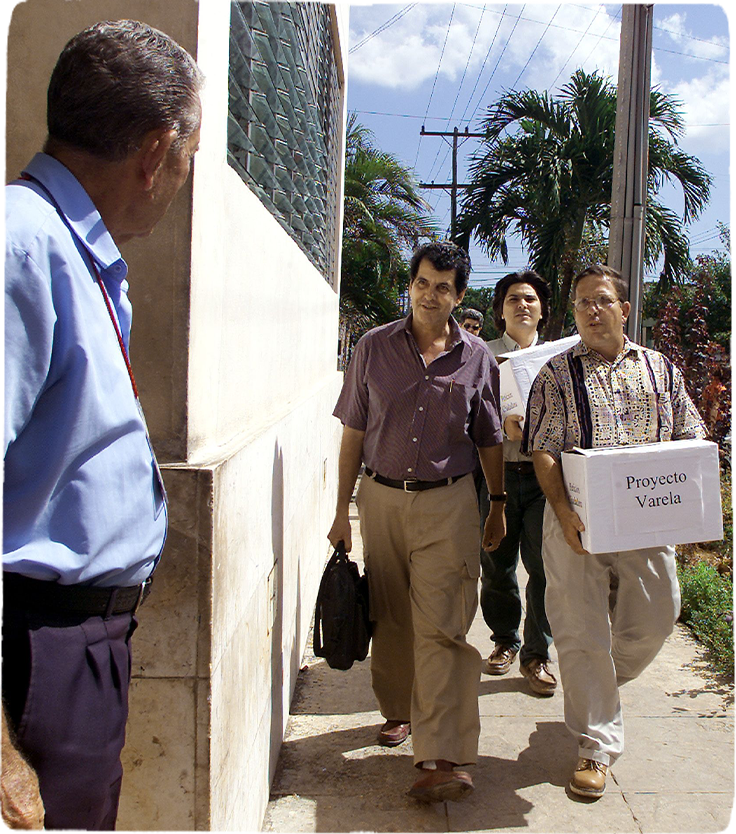
On May 10, 2002, Oswaldo delivered 11,020 Varela Project signatures to the National Assembly.
(Jose Goitia/Associated Press/Shutterstock)

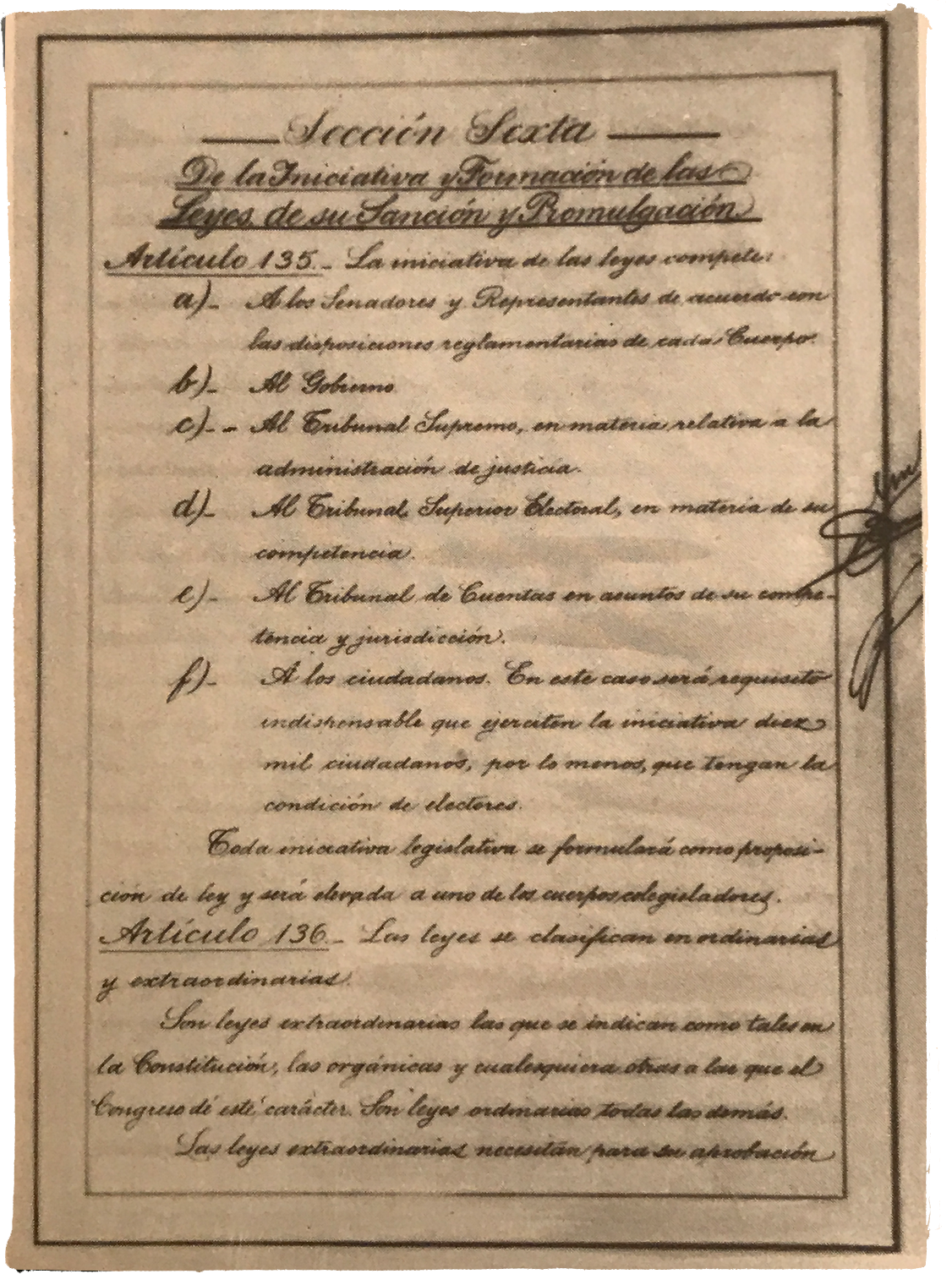
The 1940 Constitution was Cuba’s most democratic, and included a provision for a citizen initiative that was later used by Oswaldo Payá to create the Varela Project. How did it come about? This is a research report on the origins of the 1940 charter, starting with stirrings in the 1930s after the Machado dictatorship.
A research report by Mylena Vazquez

Oswaldo Payá was nearly seven years old when Fidel Castro seized power in 1959, promising to create a “free, democratic, and just Cuba.” But instead, Castro created an authoritarian regime. Payá as a young man openly expressed opposition to the dictatorship. He was sent to Castro’s forced labor camps, but his convictions only grew stronger.
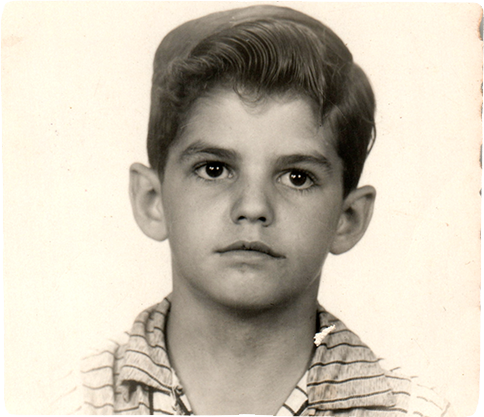
Oswaldo Payá, early 1960s.
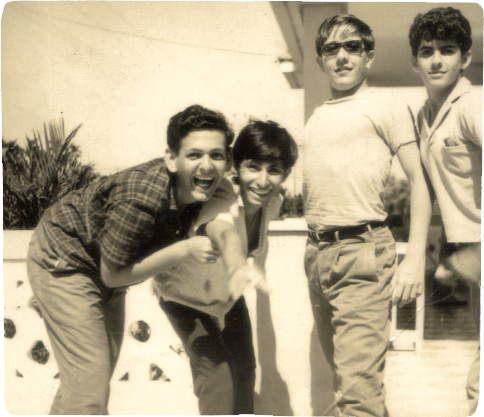
Oswaldo, right, with friends in El Cerro.
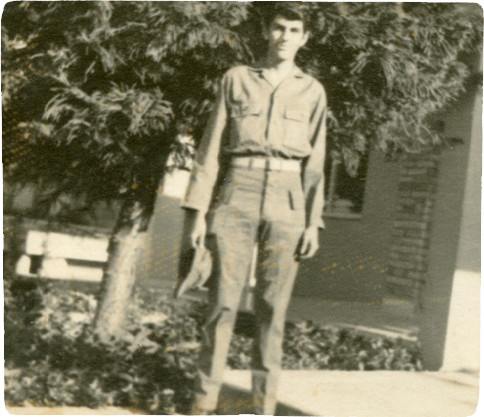
Home from the forced labor camp, 1972.
(Courtesy of Ofelia Acevedo)

As a member of the laity, Oswaldo demanded that Catholic Church leaders in Cuba stand up for human rights and democracy, but, weakened by decades of repression, they chose reconciliation rather than confrontation. When Oswaldo published a popular newsletter, Pueblo de Dios, full of his essays demanding basic rights for the Cuban people, the archbishop insisted that he stop. He could not, and would not.
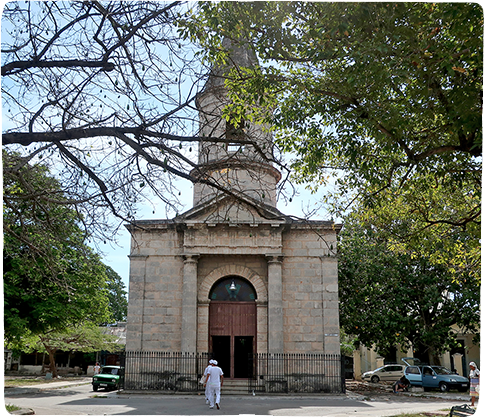
El Salvador del Mundo, Oswaldo’s church in El Cerro
(Photo: David E. Hoffman)

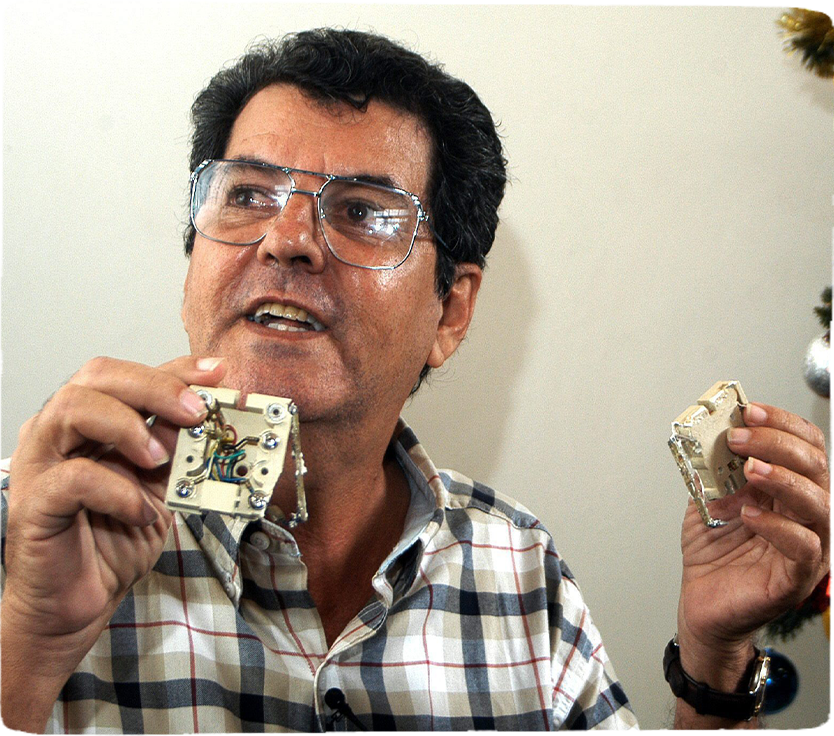
Fidel Castro’s intelligence services had long used subversion, deception, informers, and psychological pressure tactics. But Castro wanted to find new ways to suffocate any opposition in Cuba. He turned to the Stasi, the feared Ministry of State Security in East Germany. They had refined methods to detect opposition and nip it in the bud, including a type of psychological warfare known as Zeresertzung, or “decomposition.” The Stasi tutored Cuba’s state security in these methods, including wiretapping, which were later used against Oswaldo Payá.
Photo: (Enrique de la Osa/EPA/Shutterstock)

